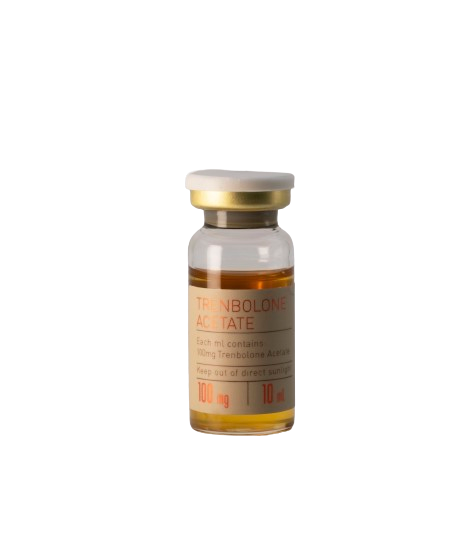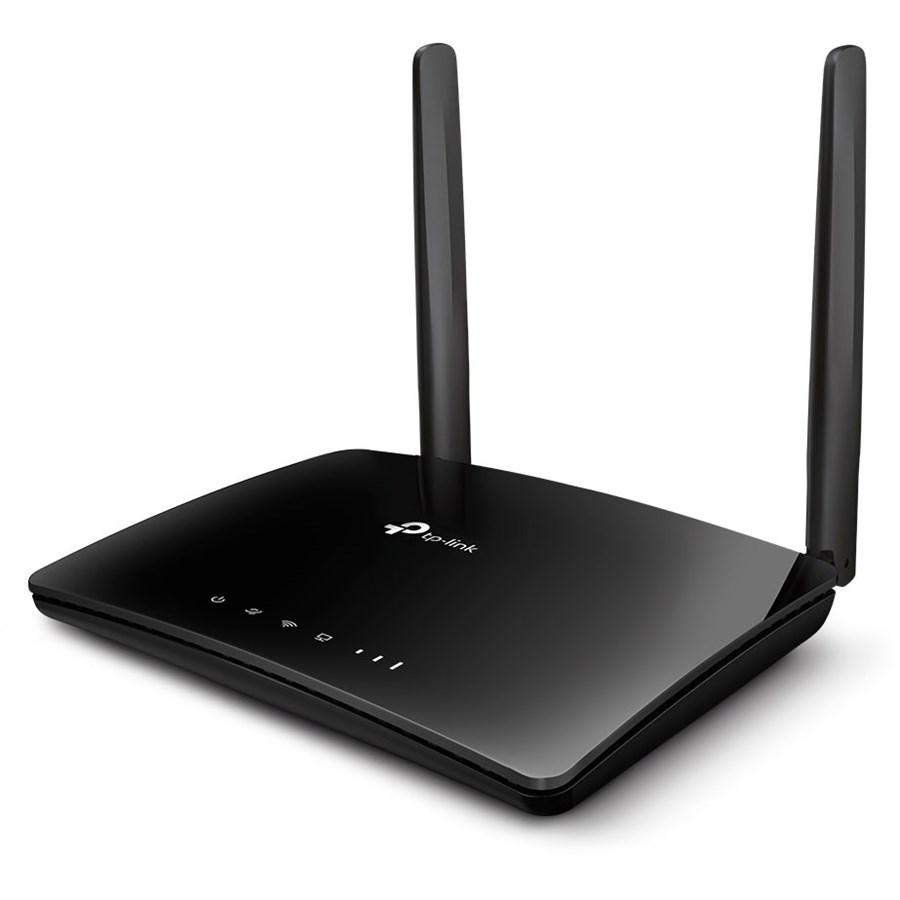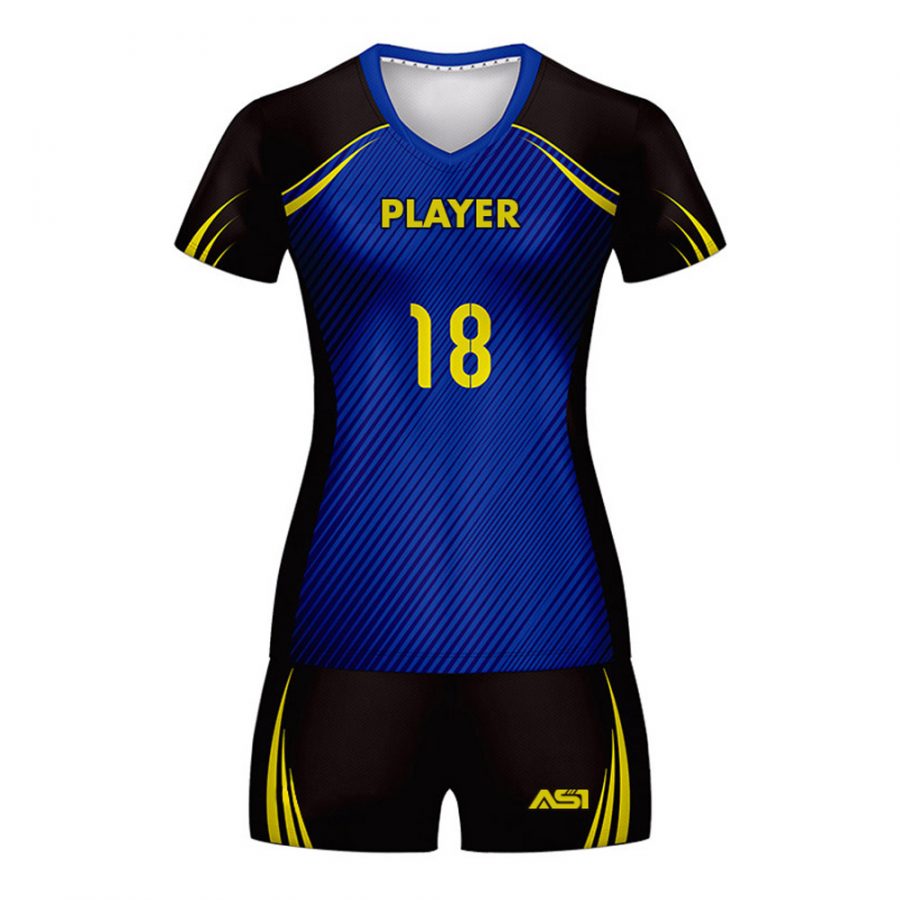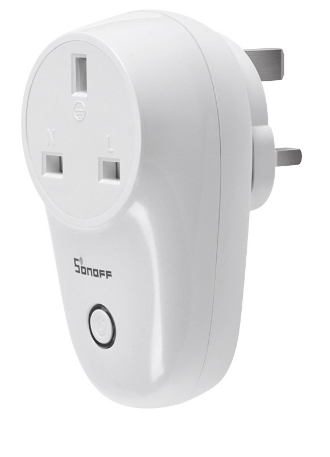Cheerleading is more than just a sport or a form of entertainment—it’s a statement of spirit, unity, and team pride. One of the most significant symbols of this unity is the cheerleading uniform. Custom cheerleader uniforms not only set your team apart but also create a strong sense of identity and cohesion. Whether you’re part of a high school squad, a college team, or a professional cheerleading group, custom uniforms are an essential part of the cheerleading experience.
In this guide, we’ll dive into everything you need to know about custom cheerleader uniforms, from design options to material choices and tips for selecting the right uniforms for your squad.
1. The Importance of Custom Cheerleader Uniforms
Cheerleading uniforms serve more than just a practical purpose—they’re a visual representation of team spirit, tradition, and style. Here are some key reasons why custom cheer uniforms are essential:
1.1 Team Identity and Unity
A custom uniform helps create a unified look that represents the spirit and culture of the team. Whether your team has specific colors, Custom Cheerleader Uniform elements can be incorporated into the design of your uniforms to reflect your team’s unique identity.
1.2 Performance and Functionality
Cheerleading involves complex and dynamic movements, from jumps and flips to dance routines. Custom cheer uniforms are designed to fit comfortably, allowing for a wide range of motion while providing support. They are also made with performance in mind, using fabrics that are durable, flexible, and breathable.
1.3 Confidence and Pride
Wearing a custom uniform helps boost team members’ confidence by making them feel like they belong to something special. When cheerleaders feel good in their uniforms, it positively impacts their performance, fostering pride and boosting morale.
2. Key Elements of Custom Cheerleader Uniforms
When designing custom cheerleader uniforms, several factors come into play, from the colors and patterns to the materials used. Here’s a breakdown of the most important elements.
2.1 Colors
The colors of a cheerleading uniform are often tied to the team’s school or organization. Bright, bold colors help the team stand out and grab attention, especially in performances or competitions. Typically, the primary color of the uniform represents the team’s main color, while accents and secondary colors can be used to add contrast or highlight certain elements.
2.2 Logos and Graphics
Many teams choose to include their logo, mascot, or team name on their cheer uniforms. This can be done through embroidery, screen printing, or appliqué. Logos are typically placed on the chest area, back, or skirt to ensure they are visible during performances. Custom logos add a professional touch and reinforce team branding.
2.3 Lettering and Fonts
Custom lettering is another important part of cheerleading uniforms. Whether it’s the team name, school initials, or a motivational slogan, the style and placement of the text can make a big impact. Bold, readable fonts are commonly used, and you can choose between embroidery or screen printing for the lettering, depending on the look and durability you want.
2.4 Patterns and Designs
Some teams prefer solid colors for a sleek, classic look, while others opt for more elaborate designs with patterns like stripes, color blocks, or abstract shapes. Custom designs allow for endless creativity and personalization. Popular patterns include diagonal or vertical stripes, stars, or even animal prints, depending on the team’s theme or personality.
2.5 Accessories
Accessories such as bows, socks, shoes, and pom-poms are just as crucial as the uniform itself. Bows can be customized to match the uniform and add flair to the overall look. Many teams also customize their cheer shoes with the team colors or logos to create a completely cohesive appearance from head to toe.
3. Materials and Fabrics for Custom Cheerleader Uniforms
Choosing the right fabric for your cheerleading uniforms is essential for both comfort and performance. The materials used should be lightweight, flexible, and breathable, but also durable enough to withstand high-intensity movements.
3.1 Polyester
Polyester is one of the most popular fabrics used in custom cheer uniforms. It’s durable, resists stretching and shrinking, and is easy to care for. Polyester blends are often used for cheer uniforms because they provide both flexibility and structure.
3.2 Spandex
Spandex is commonly used in cheer uniforms for its stretchability and ability to retain its shape. This fabric allows for a wide range of movement, making it perfect for cheerleaders who need to perform stunts, jumps, and tumbling. Spandex is often blended with other fabrics like polyester for additional strength.
3.3 Nylon
Nylon is another strong, lightweight, and breathable fabric that is often used in cheer uniforms. It has a smooth finish and offers excellent flexibility, making it ideal for both the top and skirt of the uniform. Nylon is also resistant to water and humidity, which is a bonus for outdoor performances.
3.4 Cotton Blends
Some cheer uniforms may incorporate cotton blends for a softer feel. Cotton is breathable and comfortable, but it lacks the stretch and moisture-wicking properties of polyester or spandex. Therefore, cotton is usually blended with synthetic fibers to maintain flexibility and durability.
4. Types of Custom Cheerleader Uniforms
Custom cheer uniforms come in various styles depending on the season, type of performance, and personal preferences of the squad. Here’s an overview of the main types:
4.1 Traditional Cheer Uniforms
Traditional cheer uniforms typically include a fitted top (either sleeveless or with short sleeves) and a skirt. These uniforms are classic and often used for high school, college, and professional cheerleading teams. They are designed for both indoor and outdoor performances and can be customized with logos, lettering, and colors.
4.2 Practice Wear
Custom practice wear is essential for training sessions. These typically consist of more casual and comfortable clothing, such as tank tops, shorts, or leggings. Practice uniforms are often more relaxed but still need to provide flexibility for rigorous training routines.
4.3 Warm-Up Gear
For cooler weather or pre-performance, many teams opt for custom warm-up gear, including jackets, sweatpants, and pullovers. These can be personalized with the team logo and colors and provide comfort and warmth before the actual performance.
4.4 Competition Uniforms
Competition uniforms are designed with maximum performance and visual impact in mind. These are often more elaborate and may include sparkly accents, sequins, or unique patterns to help the team stand out in front of judges. Competition uniforms tend to be form-fitting, allowing for ease of movement during stunts and choreography.
5. Customization Options for Cheerleader Uniforms
One of the biggest advantages of custom cheer uniforms is the ability to create a completely personalized look that reflects your team’s identity. Here are some popular customization options:
5.1 Sublimation Printing
Sublimation printing is a process that allows for full-color, all-over designs on the fabric. This is ideal for complex patterns, gradients, or images. Sublimation printing creates vibrant, long-lasting designs that won’t peel or crack over time.
5.2 Embroidery
Embroidery is a traditional and durable method for adding logos, team names, or initials to uniforms. It adds a professional touch and is typically used for smaller logos or lettering. Embroidered designs are long-lasting and can withstand regular wear and washing.
5.3 Screen Printing
Screen printing is a popular method for adding graphics and text to uniforms. It’s cost-effective, especially for bulk orders, and can be used for both simple and complex designs. Screen printing works best on large, flat areas like the front of a cheer top or back of a warm-up jacket.
6. How to Order Custom Cheerleader Uniforms
Ordering custom cheer uniforms involves several steps, from choosing the right design to finding a reputable manufacturer. Here’s how to get started:
6.1 Choose a Reliable Supplier
Find a reputable supplier or manufacturer who specializes in custom cheer uniforms. Look for companies with positive reviews, a wide range of customization options, and experience in creating high-quality cheer uniforms.
6.2 Design Consultation
Work with the supplier to create a design that reflects your team’s identity. Many suppliers offer design consultations or online tools that allow you to customize the uniforms yourself. You can choose the colors, patterns, logos, and lettering based on your preferences.
6.3 Sizing
Accurate sizing is crucial for custom cheer uniforms, especially since cheerleaders need full mobility during performances. Make sure to take accurate measurements for each team member, or request sample sizing kits from the manufacturer.
6.4 Order and Delivery
Once your design and sizing are finalized, place your order. Custom uniforms typically take several weeks to produce, so be sure to order well in advance of any important performances or competitions. Check the delivery timeline with the supplier to ensure your uniforms arrive on time.
7. Conclusion
Custom cheerleader uniforms are more than just clothing—they’re a reflection of your team’s spirit, style, and dedication. From selecting the right colors and logos to choosing high-performance materials, creating custom cheer uniforms is an exciting and creative process that can help bring your team closer together.
Whether you’re preparing for the next big competition or simply want to boost team morale, investing in high-quality custom uniforms will ensure that your cheer squad looks and feels their best on the field or court.








